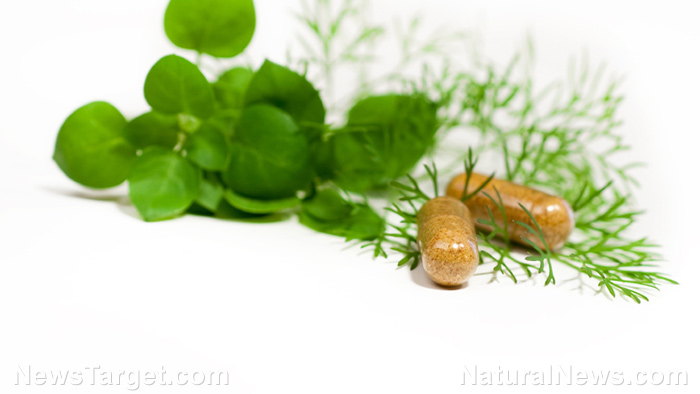
The virus spreads by infecting the host DNA with the HBV X protein (HBx). Even as the liver heals following every instance of hepatitis, the malevolent protein amasses inside hepatic cells and subverts them.
High levels of HBx encourage lipids to accumulate in hepatocytes, leading to hepatic steatosis a.k.a. fatty liver disease. The ensuing accumulation of lipids in the liver can develop into hepatocellular carcinoma (HCC), the most widespread form of liver cancer, which in turn scars the liver and is the leading cause of death in patients with cirrhosis.
Therefore, the best way to prevent any and all of these debilitating and fatal liver diseases is to prevent HBx from knocking over the long line of dominoes that result in HCC.
Researchers investigated numerous herbal compounds and phytochemicals that can ameliorate HBx-induced liver damage. One promising candidate is naringenin, large amounts of which can be found in grapefruit.
Earlier studies have covered the antioxidant and anti-inflammatory properties of naringenin. It has been shown to stop the development of tumors, regulates the creation of lipids and lipid-binding proteins, and stops the induction of genes that form fats in animal trials.
Researchers from Tzu Chi University (TCU) believe their study is the first to look at the use of naringenin to repair liver damage caused by HBx-induced hepatic steatosis. (Related: Six ways you suck the life out of your liver.)
Experiment shows that flavonoids can reverse liver damage
For their experiment, the researchers acquired HBx-transgenic mice. The hepatitis-infected animals were randomly organized into three groups of five animals each.
Some of the animals received oral doses of naringenin solution for 14 days. The dosage given to the mice corresponded to an amount that would be usable by humans.
After two weeks, the mice were sacrificed. Serum and tissue samples of their livers were taken for biochemical and histopathological analysis.
The TCU researchers assessed the number of hepatic lipids in the liver tissues from the HBx-transgenic mice. Normally, the livers of these mice quickly develop signs of liver damage such as the accumulation of lipids, ballooning of cells, and abnormal arrangement of capillaries.
They reported that naringenin treatment of the mice significantly reduced hepatic damage. The livers of treated mice made a notable recovery and no longer showed any signs of abnormal fat. Neither their body weight nor their liver-to-body-weight ratio changed overmuch.
Likewise, naringenin reduced the values for serum ALT and AST. Treated animals also showed better serum cholesterol and TG levels. These results suggested that the compound could improve fatty liver pathology during the early stages.
Naringenin blocks hepatitis B virus from activating lipid-producing genes in the liver
Naringenin also prevented HBx from activating adipogenic and lipogenic genes that would have produced excess hepatic lipids. Naringenin did not exhibit any cytotoxic effects, demonstrating that it is safe for human use.
Naringenin also inhibited the activation of lipogenic genes in HBx-transgenic mice and HepG2-HBx cells and stopped the activation of gene pathways used by the hepatitis B virus, such as the one that causes hepatocyte steatosis.
Based on the way naringenin reduced the accumulation of hepatic lipids and restored normal function to the liver, the researchers concluded that it could potentially prevent HBx-induced liver diseases in humans. The flavonoid also blocked the activation of lipid-producing genes in liver cells infected by the hepatitis B virus, suggesting it can treat the early stages of hepatic steatosis.
Sources include:
BMCComplementAlternMed.BioMedCentral.com
Please contact us for more information.























